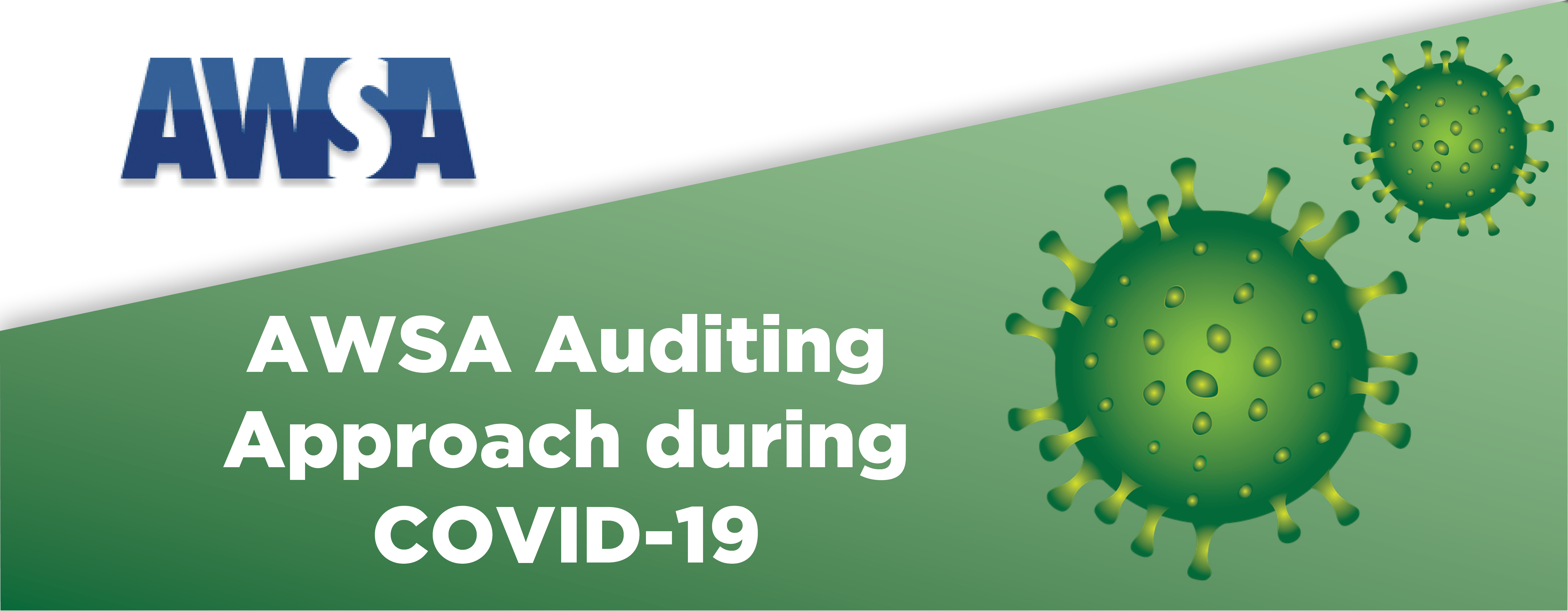As CAAR members know, Blackleg, a significant disease affecting canola [...]
As an ag retailer you can help play a vital [...]
Europe’s Standing Committee on Plants, Animals and Feed (SCoPAFF) recently adopted a regulation to set clethodim maximum residue limits (MRL’s) to the limit of quantification (LOQ) for the European Union. Clethodim is the active ingredient in BASF’s Select and Centurion, Loveland’s Shadow RTM, and NuFarm’s Statue, among other brands. Industry experts are not planning to change recommendations around products carrying the chemistry at this point.
Reminder, as reported in the last issue of the newsletter, Fertilizer Canada’s Anhydrous Ammonia Code of Practice has already been updated for January 2022 and is now available for download. The Ammonia Code provides uniform safety and security practices for the safe handling and storage of anhydrous ammonia at ag-retail facilities across Canada.
The Agrichemical Warehouse Standards Association (AWSA) has released a Revised COVID-19 Auditing Policy. Effective August 1, 2021 audits can be completed either virtually or in-person.
CAAR members are encouraged to participate in the Webinar: Taking Advantage of Carbon Pricing Opportunities on September 29, from 10:00 am to 12:00 noon (EDT).
As you are all aware, the federal general election will be held on September 20th. This means we are now in a writ period which impacts Agriculture & Agri-Food Canada’s (AAFC) capacity to engage with stakeholders.
After a federal decision to halt the proposed increases to herbicide MRLs, CAAR gets to work to renew its efforts to ensure the ag retail industry has its say.
According to statistics Canada, the results from the June 2021 Field Crop Survey conducted with 25,000 Canadian farmers showed that farmers planted more canola, barley, soybeans and lentils, but fewer acres of wheat, dry peas, corn for grain and oats this planting season.










